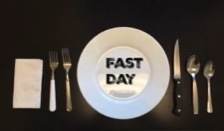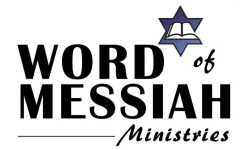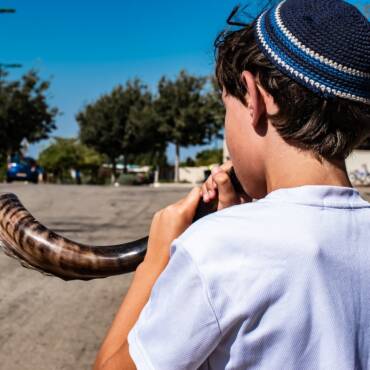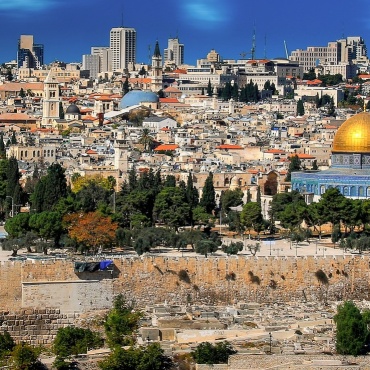The Fast

By Sam Nadler
Yom Kippur, the Day of Atonement is known by several other names. It is called HaYom (“the Day”) since it is considered the holiest day of the year by the greater Jewish community. It is also called “the Fast” (Isaiah 58), since it was a day for humbling our souls before God, and fasting was the customary expression of the humbled soul. It is this designation for Yom Kippur that one New Covenant writer, Luke, uses in reporting on the shipwreck of Paul in Acts 27.
“When considerable time had passed and the voyage was now dangerous, since even the fast was already over, Paul began to admonish them…” (Act 27:9).
Luke marks the season of stormy weather by calling it “the fast” which was supposed to be understood by his readers. Luke, as a Gentile believer, identified the season by Yom Kippur. Like all other Gentile believers, he was discipled by Paul to understand and express his faith in Messiah in a way that would make sense to the greater Jewish community (see Romans 11:11, 30-31). But, he did not do this merely for the greater Jewish community to understand this; he did this because this is how the time period was understood by all New Covenant believers. This writing of “the Fast” was natural for him because all New Covenant believers observed Yom Kippur and observed it by fasting.
Like using “Labor Day” in the USA, so he assumed all readers would get it. It never dawned on New Covenant writers that believers would not get it, or would not be using the biblical calendar (Leviticus 23) and annual holy days for worship services. This is because the festivals are God’s redemptive program for humanity fulfilled in Messiah Yeshua and all New Covenant believers are directed to exalt Yeshua in their services for His redemptive work for our salvation. The spring feasts of Passover, Unleavened Bread and First Fruits were all fulfilled in Yeshua’s death and resurrection. Pentecost was fulfilled by Yeshua pouring out of the Spirit-all on the actual days of the feasts. All believers, then and now, see the very days of the fall feasts as significant for our observance, as well, for they all still point to Yeshua (Col 2:16-17). And each year we reorient our lives, families and communities around His final atonement for our sins.
The fall feasts were especially of interest to North Carolina believers since they are our divine perspective on the future work of God in this world. Yom Kippur is an annual observance that restored the people of Israel as a servant nation to God as a holy people. This complete fulfillment of Yom Kippur is prophesied in Zechariah 12:10-13:1, when our people will look unto Messiah whom we have pierced and then mourn for Him, and then the cleansing is nationally applied, and thus all Israel will be saved, as Paul understood this matter (Romans 11:26-27). When God restores Israel nationally to Himself by faith in Messiah Yeshua that is when our prayers for our blessed hope in Messiah’s return and His “kingdom come…on earth as it is in heaven” (Matthew 6:10). Yom Kippur was especially a reminder to all New Covenant believers of our apostolic calling to pray for Israel’s salvation (Romans 10:1) and to reach out with the Good News of Messiah, even “to the Jew first” (Romans 1:16). As Luke alludes to, all New Covenant believers would have fasted in prayer for the redemption of the nation of Israel.
If we believe the New Covenant is inspired scripture and, that Luke 27:9 is therefore God’s Word and therefore applicable, then HaShem, as well as Luke, would expect us to fast on Yom Kippur, praying for the peace of Jerusalem and renewing our commitment to God’s calling “to the Jew first and also to the Gentile. (Romans 1:16). This Friday evening through Saturday, may you have an easy fast.



